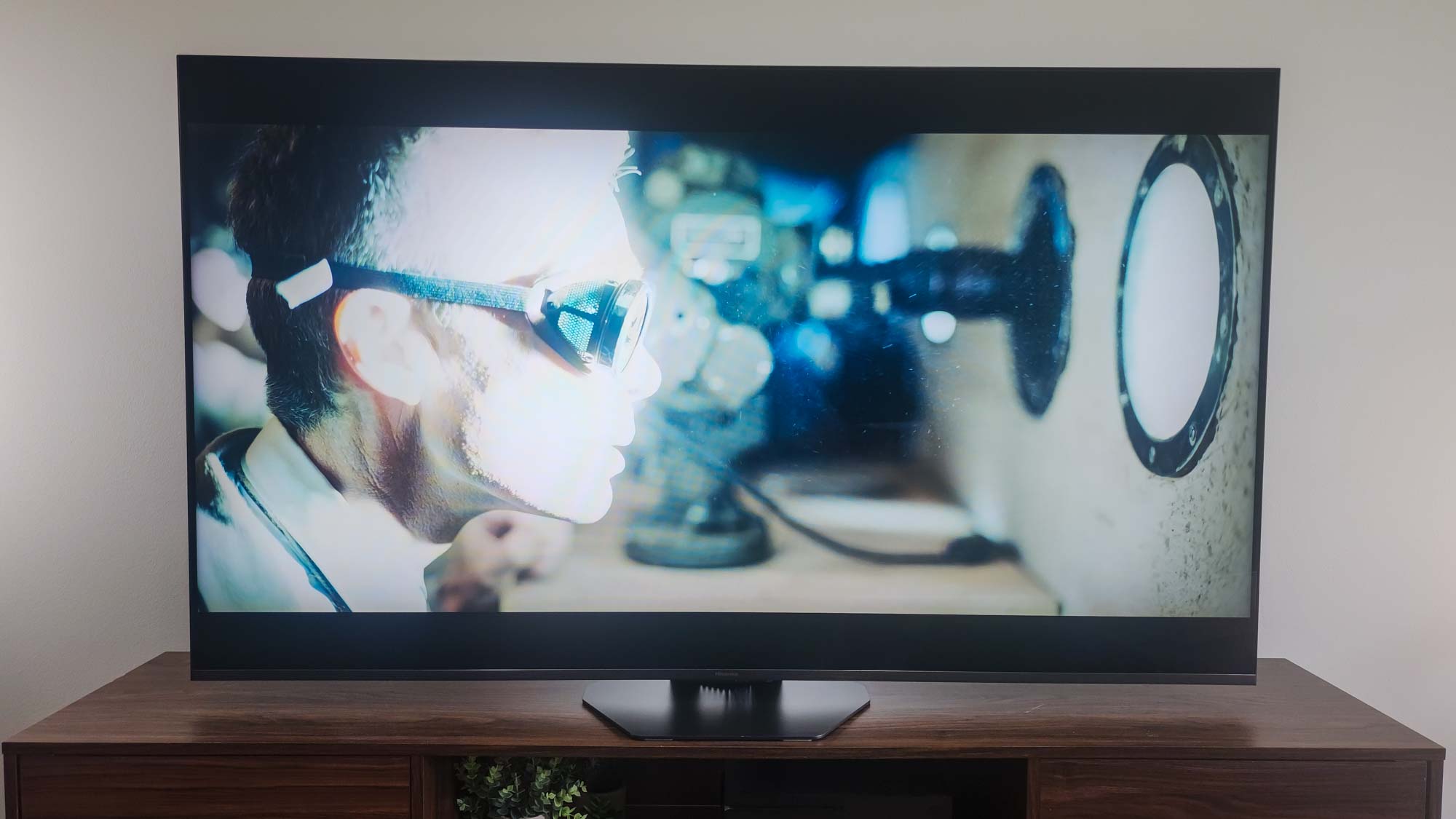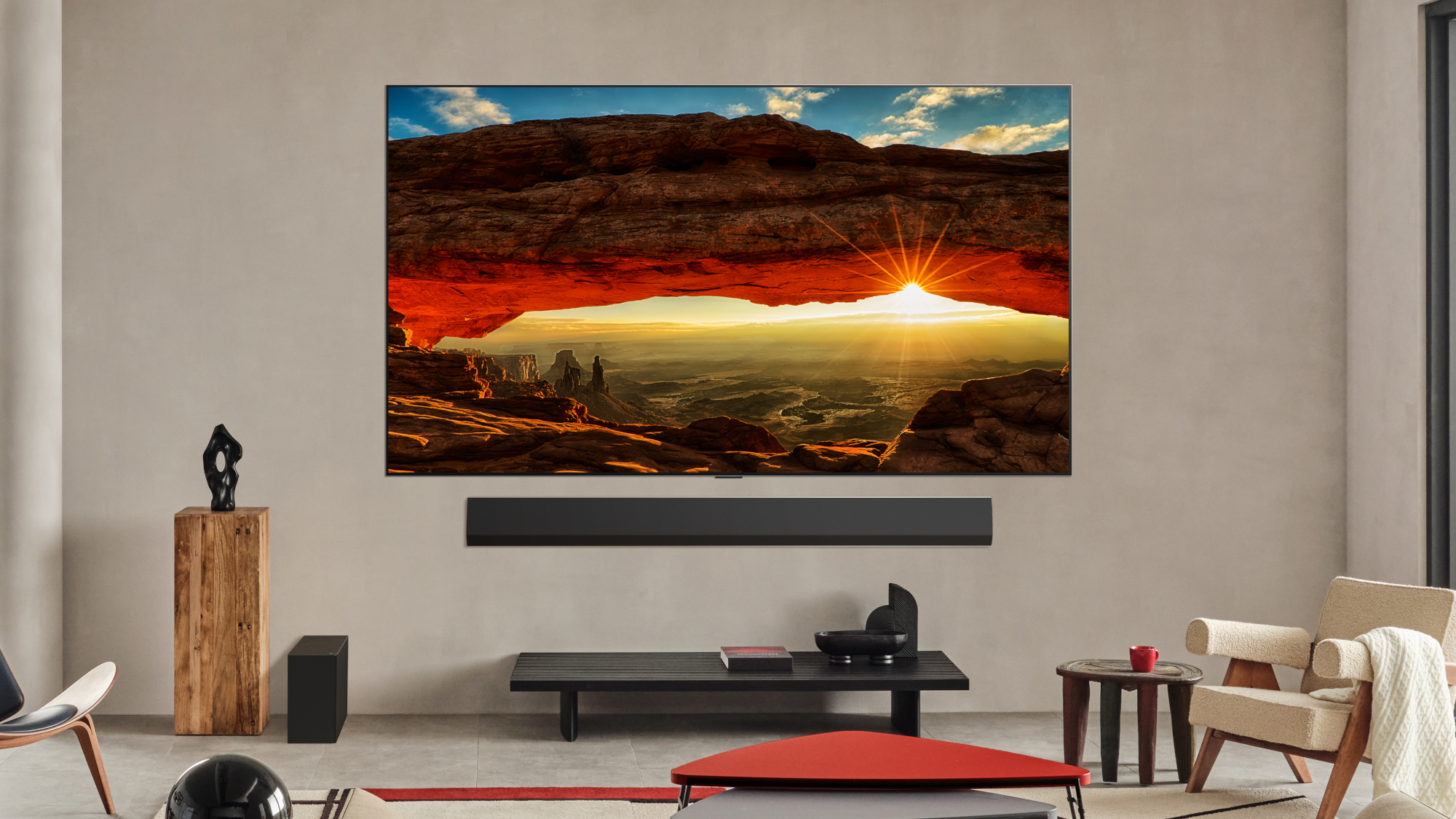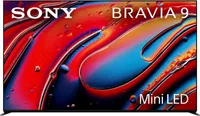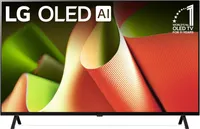We are misunderstanding TV brightness — here’s how important it actually is
This is driving me nits!

If you knew nothing of the TV industry and were handed a stack of press releases, news articles and forum posts about the latest happenings in the business, you’d probably arrive at the following conclusion: the higher a TV’s peak brightness, the better its overall performance.
While it’s true that brighter TVs tend to be higher-end models, one TV being brighter than another doesn’t necessarily make it a better pick.
It’s easy to get swept up in the brightness wars. After all, brightness is a basic concept that most people understand, and having numbers to go with it adds a simple shorthand when comparing the best TVs from major brands.
But folks that cover the industry — myself included — could do a better job talking about brightness, because while it’s an important factor of TV performance, it’s not the only factor. Here’s why.
How much does brightness matter for a TV?

A TV’s peak brightness is most important for viewers whose living spaces are naturally bright — especially those who do most of their viewing during the day.
Naturally, this is because the TV needs to compete with ambient light in order for the picture to retain its pop.
And, when we use the word “pop,” what we’re really talking about is contrast. It’s one of the cornerstones of picture quality, and understanding why is the first step in demystifying brightness’s role in a TV’s performance.
Get instant access to breaking news, the hottest reviews, great deals and helpful tips.
Contrast is the main ingredient in a visually appealing picture.
Contrast describes the difference between the darkest parts of the picture and the brightest. A high-contrast picture delivers more depth, adding to realism. It’s the main ingredient in a visually appealing picture.
A TV that gets super bright, therefore, has a distinct advantage over a dimmer model. Its picture will hold up better during the day and it’ll probably deliver a more cinematic presentation with the lights off.
Take the Hisense U8QG. It’s one of the brightest TVs I’ve ever seen. We clocked its peak highlight brightness at around 4,000 nits.
That’s higher than the roughly 2,700 nits of brightness you’ll find on the Sony Bravia 9, a rival Mini-LED TV that costs around $1,500 more than the U8QG, and much higher than the 700-nit display of TCL’s entry-level QM6K Mini-LED TV.
The brand-new Hisense U8QG is one of the brightest TVs we've tested this year, and the 55-inch version is already seeing massive discounts. It's one of Hisense's top TVs of 2025, and I highly recommend checking it out if you're looking to save some money on a high-performing Mini-LED TV.
Unsurprisingly, I find that the Hisense U8QG is a better-performing TV than the low-end QM6K (and not just because it’s several times brighter). What might surprise you, though, is that I find the Bravia 9 to be an overall better-looking TV than the U8QG despite its lower HDR brightness.
This is because I find the Bravia 9’s overall presentation to be better suited to my preferences. Both sets offer fantastic backlight control and a punchy, high-contrast picture, but Sony’s superb processing and surgically accurate Professional picture mode make the Bravia 9 a better pick for my living room.
The Bravia 9, Sony's flagship Mini-LED TV, doesn't get quite as bright as other TVs in its class, but for my money, it's the best Mini-LED TV for A/V enthusiasts who value a finely tuned, cinematic picture above all else.
In addition, you might not even notice a difference in brightness between these two Mini-LED TVs. A jump from 700 to 2,700 nits is significant — less so from 2,700 to 4,000. So, while it’s certainly nice for the U8QG to have all of that horsepower under the hood, there are limits to its perks.
How much does brightness matter for OLED TVs?

Until now, we’ve been examining brightness by way of LED displays, which lack the built-in benefits of OLED.
All OLED displays — from the entry-level models to the best OLED TVs in the world — leverage self-lit pixels in lieu of LED backlights.
Because their pixels can turn themselves on and off independently, OLEDs are the king of contrast. They offer perfect black levels and razor-sharp contrast control.
As you might expect, this has a tremendous impact on picture quality. Namely, OLED TVs don’t have to get as bright as LED TVs in order for our eyes to perceive them as being that bright.
In other words, 800 nits of highlight brightness on an OLED TV looks much brighter than 800 nits on an LED TV, and it’s all thanks to OLED’s ability to get consistently darker.
This is one of the reasons why sensibly priced, entry-level OLED TVs — like the LG B4 — tend to be much better performers than the numbers would indicate.
The B4 is one of the most affordable LG OLEDs you can buy. Its relatively limited brightness is less of potential issue thanks to the self-emissive nature of OLED displays, but if you have a brighter-than-average living space during the day, you might want to spring for a brighter display.
This also explains why top-shelf, flagship OLED TVs — like the Samsung S95F — benefit more from their sensational highlight brightness. In the case of the S95F, its 2,000-nit highlight brightness is what gives its picture a level of realism that’s tough to replicate on a non-OLED display.
But before you write off Mini-LED TVs completely, it’s worth underscoring their primary benefit over OLED TVs: full-screen brightness.
Until now, we’ve been discussing peak highlight brightness, which describes small, concentrated areas of the picture, like the shimmer along the edge of a samurai sword or dapples of sunlight on the ocean’s surface.
This is an altogether different measurement than how bright the entire picture is capable of getting. This is where ultra-bright Mini-LED TVs (like the aforementioned U8QG and Bravia 9) really shine.

The vast majority of Mini-LED TVs demonstrate a higher average picture brightness across most content types.
Even though the Samsung S95F OLED cracks the 2,000-nit marker and lands relatively closely to the Bravia 9’s 2,700-nit notch, the Bravia 9 pumps out a much higher average picture brightness in HDR. In many ways, it’s just as impressive as the S95F, but it’s impressive in an altogether different way than Samsung’s OLED.
Yes, OLED TVs are getting brighter. In some cases, their highlights are even brighter than those of high-end Mini-LED TVs.
But for the time being, the vast majority of Mini-LED TVs — particularly those in the mid-range-to-high-end price range — demonstrate a higher average picture brightness across most content types.
Mini-LED vs OLED brightness: outlook
Now that you have a better understanding of one of the primary differences between Mini-LED and OLED TVs, you are better equipped to shop for a new TV with confidence.
Ultimately, here's what I suggest: If you're concerned about the amount of ambient light your next TV will have to compete with during daytime viewing, Mini-LED TVs are probably going to be better candidates for the job.
That said, high-end OLED TVs like the Samsung S95F are fantastic at delivering a high-contrast, ultra-realistic picture. Top-tier Mini-LED TVs (like the Bravia 9) come remarkably close to achieving the same presentation, but the "OLED look" is still in a league of its own.
If you're still on the fence, take a trip to your local brick-and-mortar shop and peep the differences in person.
Whatever you do, don't treat peak brightness as the be-all, end-all performance metric. You can learn a lot about a TV from this measurement, but it doesn't tell the whole story.
More from Tom's Guide

Michael Desjardin is a Senior Editor for TVs at Tom's Guide. He's been testing and tinkering with TVs professionally for over a decade, previously for Reviewed and USA Today. Michael graduated from Emerson College where he studied media production and screenwriting. He loves cooking, zoning out to ambient music, and getting way too invested in the Red Sox. He considers himself living proof that TV doesn't necessarily rot your brain.
You must confirm your public display name before commenting
Please logout and then login again, you will then be prompted to enter your display name.



